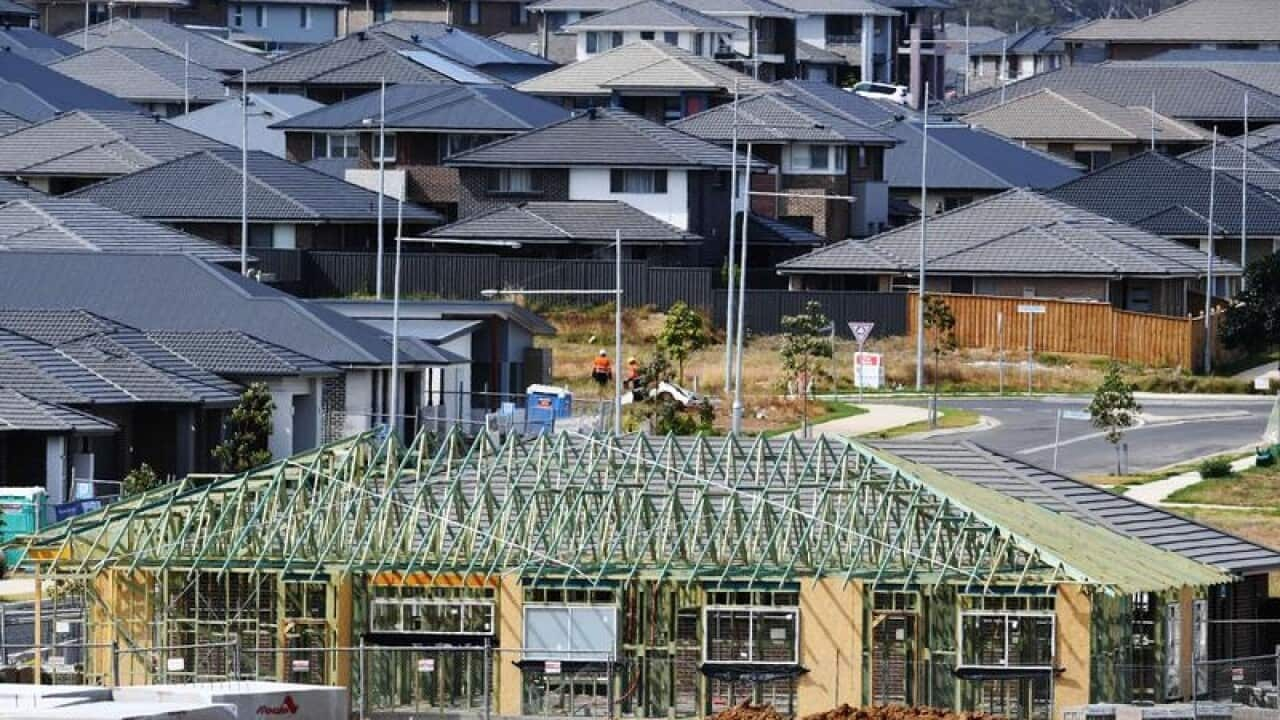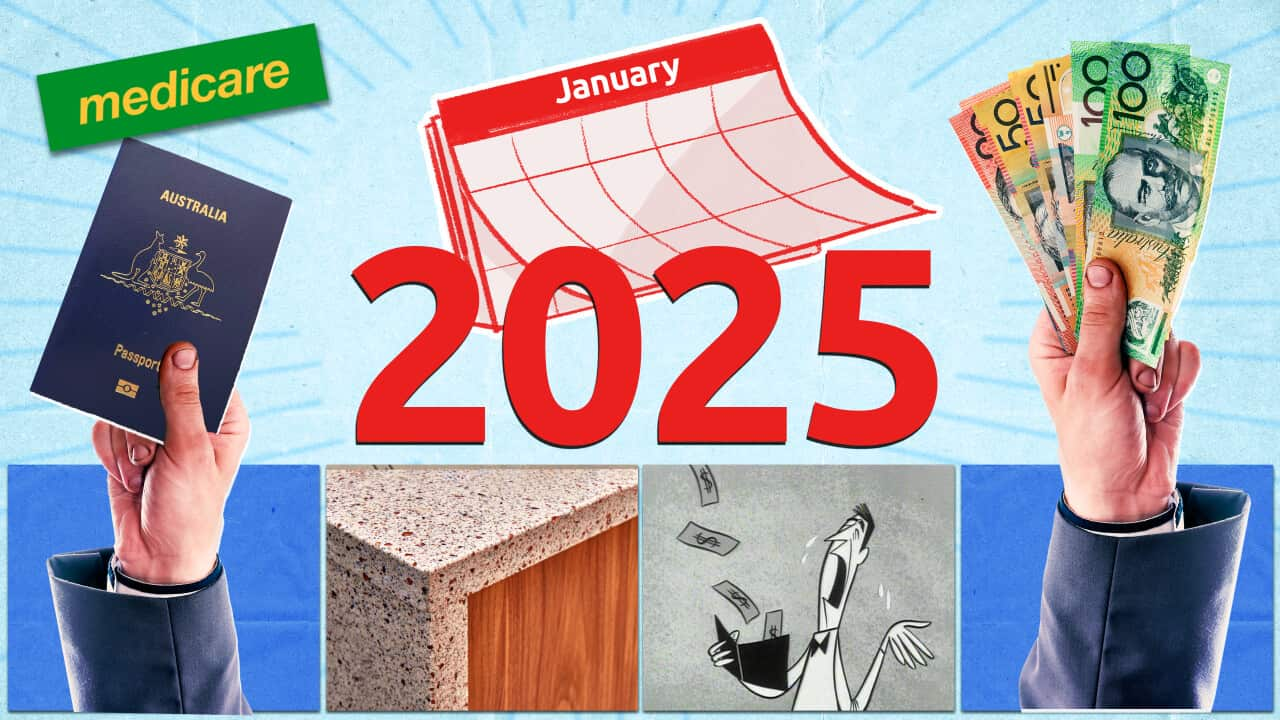Pensioners and young people are those struggling the most with rental costs, according to a new report.
The latest Rental Affordability Index shows a number of cities in Australia are proving to be almost unaffordable to live in.
Sydney and Hobart were named as the least affordable cities for renters.
The biannual statistics analysed the price of rent relative to household income, using Census data. They also provide a price index for rental housing markets.
The research by National Shelter, Community Sector Banking and SGS Economics looks at eight different household types - including a single pensioner, a single person on benefits, a single full-time working parent, a dual income couple with children and a student shared house.
RELATED READING

New NSW housing tied up in red tape
Ellen Witte, from SGS Economics told the ABC that Australia is facing a housing crisis.
"Those hardest hit are the low-income groups but even working families," Ms Witte said.
"So if we look at a single income family, working family, they would pay 30 to 71 per cent of income on rent. Now that's clearly unsustainable."
Households that have to spend about 30 per cent or more of their income on renting are classed as being under 'housing stress', according to the report.
It means it affects their ability to afford other primary needs like food, power, water and health services.
Most of those renting in Greater Sydney fall into that threshold, spending about 29 per cent of income on rent.
That was followed by 25 per cent in Greater Brisbane, 24 per cent in Greater Melbourne, 22 per cent in the ACT and 21 per cent in Greater Perth.
Ms Witte says pensioners and young people are some of the worst affected, spending more as a percentage of their income on rent than others.
"They may pay 59 to 97 per cent on rent so that basically means there are no rentals available for them in the current market,” she said.
“That's leading to overcrowding of housing, people having to stay in boarding houses, and increasing levels of homelessness. And that's what we see when we walk down the streets every day."
RELATED READING

Creative housing solutions key to mitigating homelessness
In Sydney, a number of suburbs within a 10-kilometre radius of the CBD have been listed as being 'severely to extremely unaffordable'.
They include Darling Harbour, Dawes Point, Haymarket, Millers Point and The Rocks.
Millers Point resident Elaine Kerins, 26, moved into the area a few months ago and said rental costs were worrying.
“I think it's possibly relative to the fact that it is so centrally located, near all the amenities and the main sites of Sydney, but it also means on a more personal level that I'm not saving very much for my future as a young adult,” she said.
"And it makes it more difficult to think about saving for the future in terms of investing in a property myself down the line and also obviously having money towards other things long-term as well."
Ms Kerins said in comparison to when she lived and worked in Ireland and the UK, the relative increase in cost has been "astounding".
"It is the most expensive city I have ever lived in so far, and I certainly do find it a massive adjustment to get used to and to be able to budget in order to afford it," she said.
Meanwhile the region of Greater Melbourne has become slightly more affordable, but still remains costly for renters.
Albert Park, Middle Park and Brighton East were cited as the most unaffordable for tenants.
More surprising are the findings for Greater Hobart in Tasmania, where there is a shortage of housing.
In this region, the median gross income for those households is $52,800 a year, but about 25 per cent of that goes to rent alone.
Adrian Pisarski, from housing advocacy organisation National Shelter, said vulnerable communities will find it increasingly harder to find somewhere to rent at an affordable price.
"Unfortunately there's not many solutions on offer. We have been underinvesting in affordable and social housing for a very long time and there is virtually no room - there is no room on any public housing waiting lists in the country," he said.
"There's a massive backlog of applicants, so I think what's going to happen is people are going to be increasingly forced into share-housing or into staying with their parents for longer.
"But even for pensioners, I think we're going to be seeing more share house options come up."









